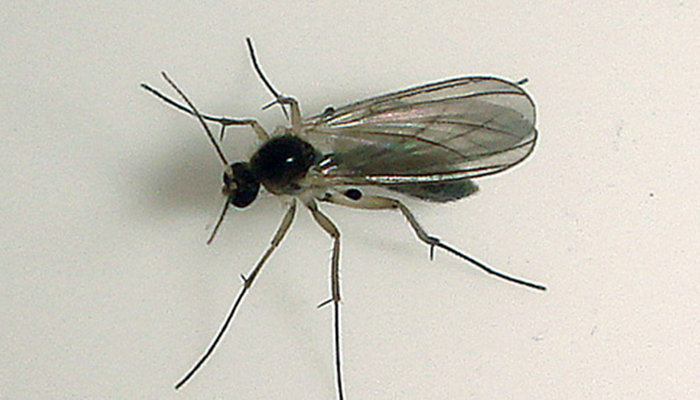Minnesota is currently experiencing an overabundance of gnats due to a very wet May and high river levels. Typically, the state introduces naturally-occurring soil bacteria into our rivers in mid-May to kill off the larval gnats while they are still in the water, but it was not possible this year. Currently, a species known as the buffalo gnat is most abundant. Thankfully, the buffalo gnat does not carry any diseases, but its bite can be quite painful and lead to significant irritation and itching. Below are some tips from the American Academy of Pediatrics for avoidance and prevention of insect bites of all types. If your child does get some painful and itchy insect bites, we recommend applying topical 1% hydrocortisone cream twice daily (available over the counter) plus using oral Benadryl for moderate to severe itching. Gnat bites can become very large and irritated in appearance; if your child’s bites become larger than 2” in diameter, are red and warm, or seem to be filled with pus, please see a healthcare provider to evaluate if there is a bacterial skin infection present. Persistent itching of bites can lead to infection, as our nails introduce bacteria into the skin when we scratch.
Tips for Insect Bite Prevention:
•Don’t use scented soaps, perfumes or hair sprays on your child.
•Avoid areas where insects nest or congregate, such as stagnant pools of water, uncovered foods and gardens where flowers are in bloom.
•If possible, eliminate stagnant water, such as in bird baths or fish ponds, in your yard. Dump any buckets or tires that may contain standing water. Check that your window screens are tightly fitted and repair any holes to keep bugs out of the house.
•Combination sunscreen/insect repellent products should be avoided because the sunscreen needs to be reapplied every two hours, but the insect repellent should not be reapplied that often.
•Use insect repellents containing DEET when needed to prevent insect and tick bites.
•The current AAP and CDC recommendation for children older than 2 months of age is to use 10% to 30% DEET. DEET should not be used on children younger than 2 months of age.
•The effectiveness is similar for 10% to 30% DEET but the duration of effect varies. Ten percent DEET provides protection for about 2 hours, and 30% protects for about 5 hours. Choose the lowest concentration that will provide the required length of protection.
•The concentration of DEET varies significantly from product to product, so read the label of any product you purchase. Children should wash off repellents when they return indoors.
•As an alternative to DEET, picaridin has become available in the U.S. in concentrations of 5% to10%.
•When outside in the evenings or other times when there are a lot of mosquitoes present, cover up with long sleeved shirts, pants and socks to prevent bites.
Insect Bites: Prevention and Management

Thanks for sharing this useful information! Hope that you will continue with the kind of stuff you are doing.